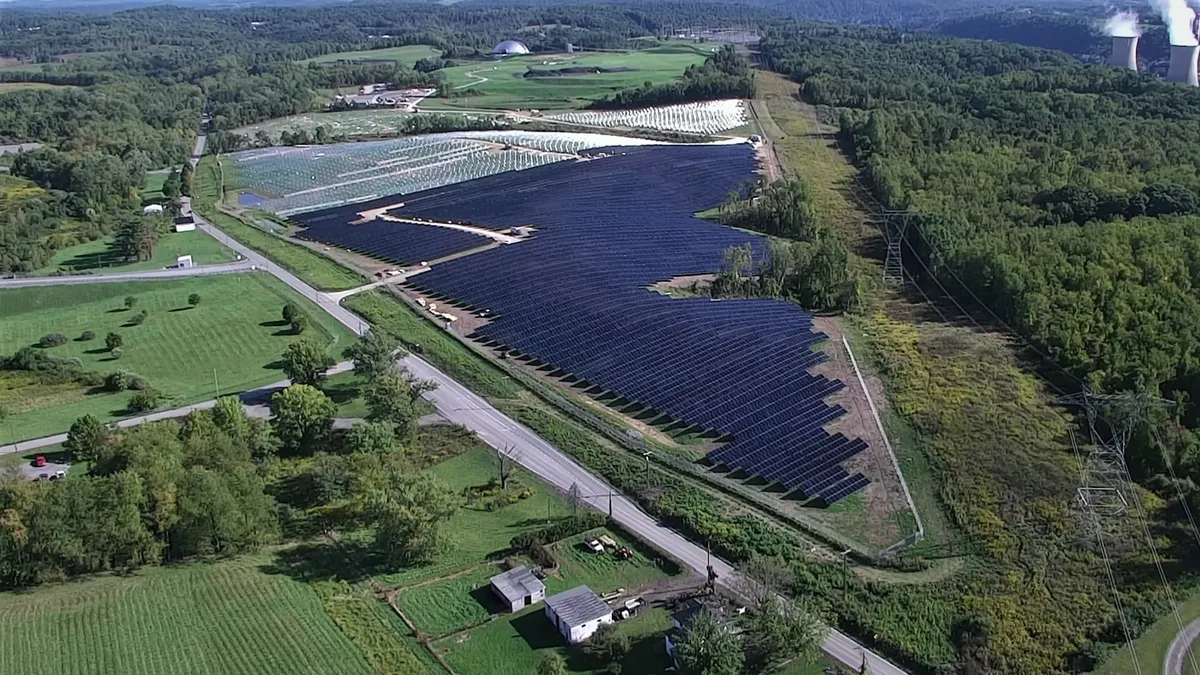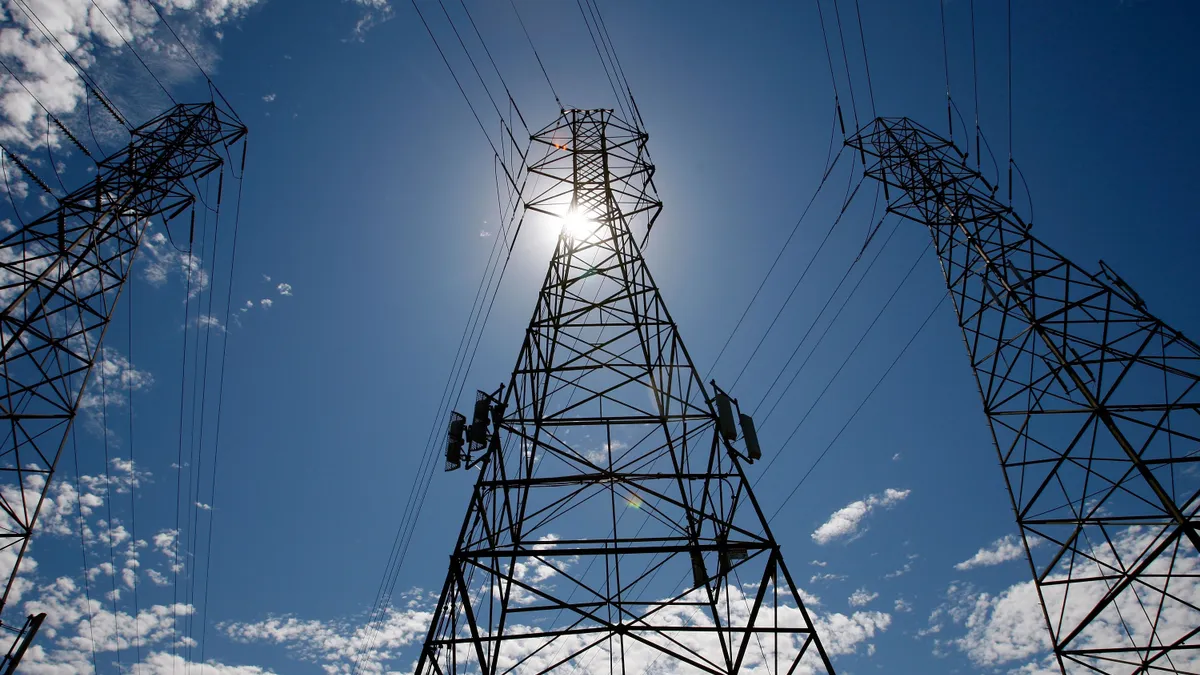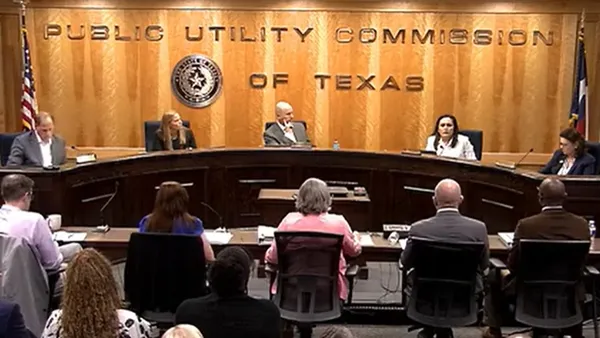Dive Brief:
- PJM Interconnection's final report on Clean Power Plan examined seven compliance paths, concluding each of them would successfully lower carbon emissions to the required levels while maintaining resource adequacy.
- While there are costs associated with each strategy, PJM found a regional approach was cheaper than a state-based approach under both mass-based and rate-based compliance pathways.
- The report also examines a scenario in which gas prices remain depressed for the entire 20-year forecast period, and found lower emissions levels and greater coal retirements than it did with "even the most stringent of the studied compliance pathways."
Dive Insight:
PJM has issued its final Clean Power Plan compliance analysis, concluding more than a half dozen strategies would bring the 13-state grid into alignment with national carbon goals. Aligning with previous drafts from MISO and the Southwest Power Pool, the grid operator concluded states banding together would be the cheapest option to comply with the White House's signature climate change policy.
The finalized compliance analysis comes after the Supreme Court halted the Clean Power Plan earlier this year, punting it to the U.S. Court of Appeals for the D.C. Circuit for review. Oral arguments are set for the end of the month. Despite many states halting compliance efforts as a result of the decision, PJM has continued to analyze options in preparation for a potential implementation.
The approaches in the report include strategies like Trade-Ready, where a single CO2 limit is applied to the PJM region, with trading across states, and State Mass, where affected resources may only trade allowances with other affected sources within the state as shown in the graphic.
But regardless of how states approach compliance, PJM concluded resource adequacy would be maintained across the grid.
A regional compliance strategy results in fewer retirements and less combined cycle gas new entry than individual state compliance, the grid operator said, "due to the greater flexibility and options for emissions reductions offered across the entire PJM region." And rate-based compliance pathways result in lower wholesale energy but higher capacity market prices across the PJM footprint "because resources with production subsidies submit energy offers below their cost of production," the report concluded.
PJM also analyzed a scenario where gas prices remain in the $3/MMBtu to $4/MMBtu range over the 20-year study. That low-price environment, the operator concluded, would have a greater impact on emissions and retirements than any of the compliance strategies.
"Because of accelerated retirements, there would be no cost to achieve compliance, and the resulting emissions would be below the final Clean Power Plan targets, even without the Clean Power Plan," the report found. "Coal-fired generation retirements (nearly 30 GW) would be greater than or equal to even the most stringent of
the compliance pathways studied."
At the same time, low commodity prices would fuel a boost in gas generation. Combined cycle capacity would increase by 35 GW to maintain reserve margins above the reliability, the report found.














